The Summer savory is also among the synonyms Savory and Real savory known. The type of savory spans a large number of genera. The summer savory and winter savory are the most common of these in daily use. What are the characteristics of summer savory and what can it be used for?
Occurrence and cultivation of summer savory

The Summer savory is a species of plant that belongs to the genus of savory herbs. It belongs to the subcategory of the lip flower family. The type of savory that is available from us has different countries of origin. The summer savory comes from the eastern Mediterranean, the winter savory is native to southern Europe.
The species are found today in the wild in the Mediterranean countries and the Balkans. Sometimes you can find isolated plants in Germany and Austria. The perfect location is not too dry, nitrogen-rich, loose and often stony soils in warmer locations. The savory can be found on railway embankments, in fields and on poor soil.
The summer savory is an herbaceous plant that is annual and reaches a height of about 55 centimeters. The leaves of summer and winter savory are similar. They are up to three inches long and have a lanceolate shape. The leaves are short-stemmed, downy and slightly hairy. The stem can become lignified. Summer savory blooms between June and early October.
You can admire up to five white, blue-violet to pale pink flowers that have two-part lip flowers. When ripening, dark brown, round to egg-shaped seeds develop. The summer savory is a light germinator, which means that the seeds are only lightly pressed into the soil and need a light location before they are planted. The best time to harvest savory is just before flowering.
Effect & application
Summer savory was already used as a medicinal herb in Roman times. As a representative of the legumes, it is easy to digest. It is also said to have an antibacterial effect. The herbs contain a high amount of carvacrol (terpenoid natural substance), which has an anti-inflammatory effect. Carvacrol is used for illnesses with gout or rheumatism. Other ingredients that are of great medical importance are the bitter and tannins, thymol (active ingredient from the group of essential oils) and urolic acid (used as an anti-inflammatory).
The most common use is for stomach pain and skin problems. When suffering from flatulence and cramps in the stomach and intestines, savory can be taken preventively. Taken in tea form, it also has an antispasmodic effect and also helps against diarrhea. Summer savory is also taken when there is no appetite.
When preparing tea, fresh or dried herbs are poured over boiling water. Fresh savory steeps for about ten minutes and dried savory for about five minutes. If you have a cough, gargle the chilled tea. Anyone who suffers from oily and blemished skin should take a facial steam bath with savory.
It regulates the skin's sebum production and gently treats inflammatory impurities. The antibacterial property of the savory has not been proven. The herb is used to support diseases caused by mold. Savory is also effective for problems of a sexual nature. It is used for erectile dysfunction, for example.
Because of its essential oils, summer savory is not only used as a medicinal plant, but also as a spice plant in the kitchen. Whether fresh or dried, it is a classic in the spice cabinet. Many herbs lose their flavor when they are dry, not so with savory. If it is of particularly good quality, it can even intensify the aroma.
The taste of the savory is tart, strong and has a slightly spicy note. It is comparable to Mediterranean herbs, such as thyme and rosemary. The savory is often used to refine bean salads and bean vegetables, peas, lentils and potato dishes also give the savory an aromatic taste.
Savory is also used to make herb butter or cream cheese. Summer savory also tastes good with fish and lamb and goes well with the taste. Due to the intense, aromatic taste, the savory should be used sparingly and can be added to the dishes while cooking. This is how it develops an optimal aroma.
Importance for health, treatment & prevention
It is a popular remedy because of its preventative effects on flatulence. Taken in too high doses, the antispasmodic effect of the savory can do exactly the opposite. It leads to cramps and abdominal pain. Summer savory should be avoided, especially during pregnancy. These types of cramps can lead to premature birth or miscarriage.
Caution is also required with allergy sufferers. If there is an allergy to mugwort, a cross allergy (if there is an allergy, the allergen also reacts to ingredients in other allergen sources) with savory cannot be ruled out. The intake and dosage should be clarified with a doctor if necessary.
The summer savory can usually be bought in a nursery. Since it is an annual plant, the perennial winter savory can also be bought, but it has a more intense taste. Dried savory can be found in herb stores, online shops and also in pharmacies. Since the aroma is not lost during preservation, there are hardly any risks when buying. However, attention should be paid to flavor-sealed packaging when purchasing.



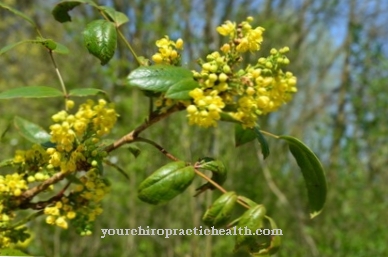
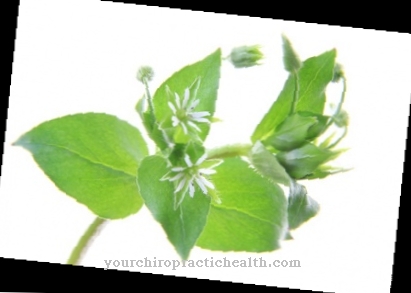
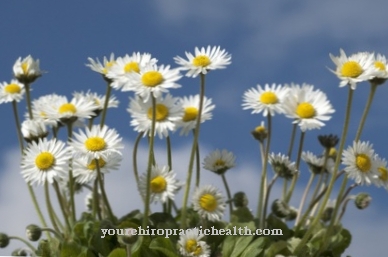
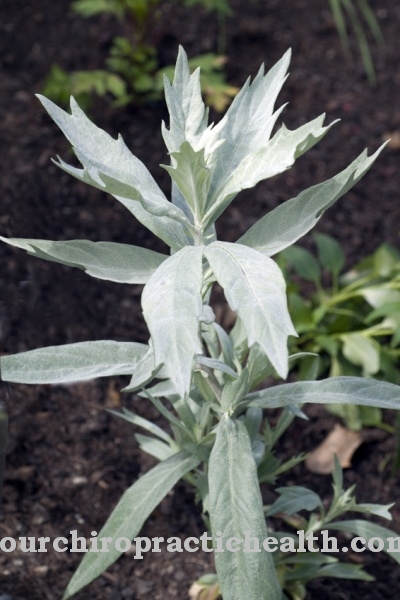

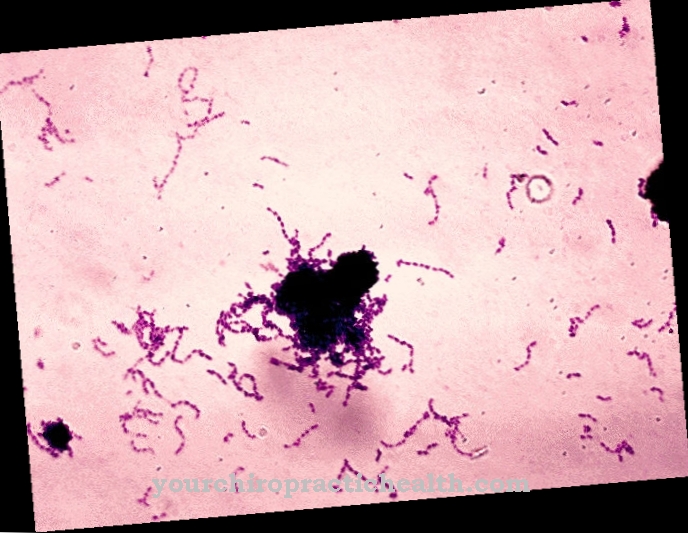


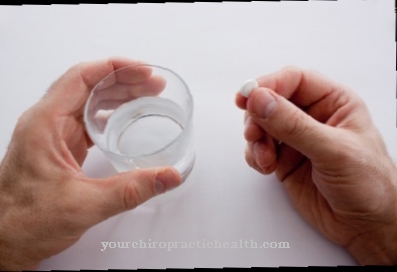
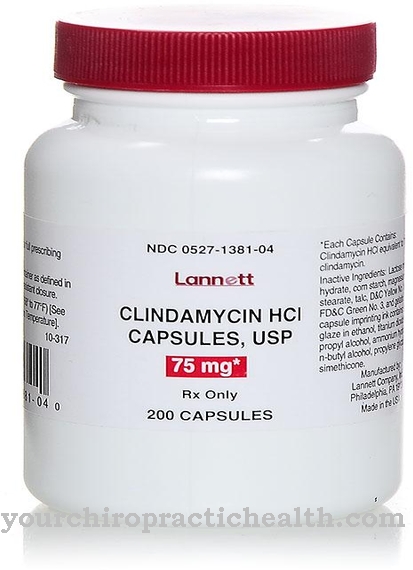




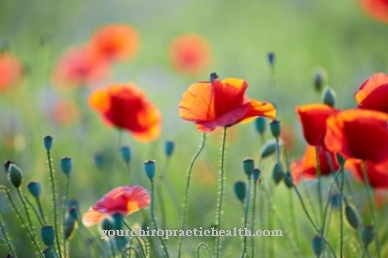






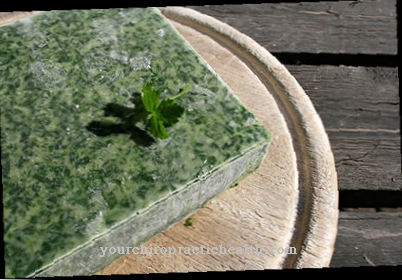

.jpg)

